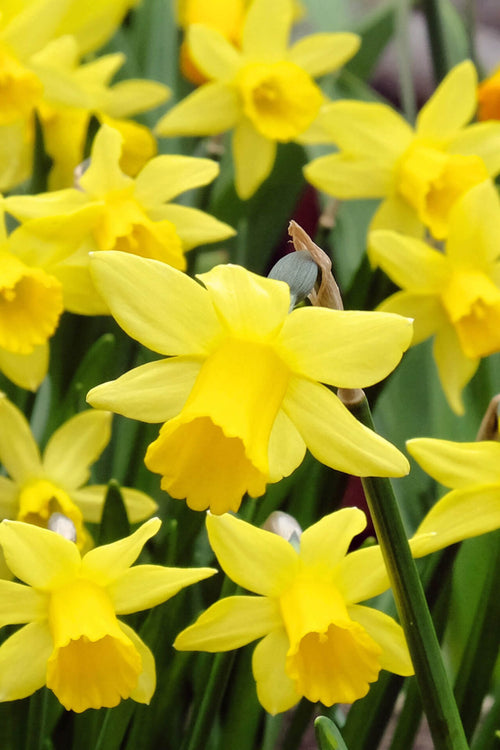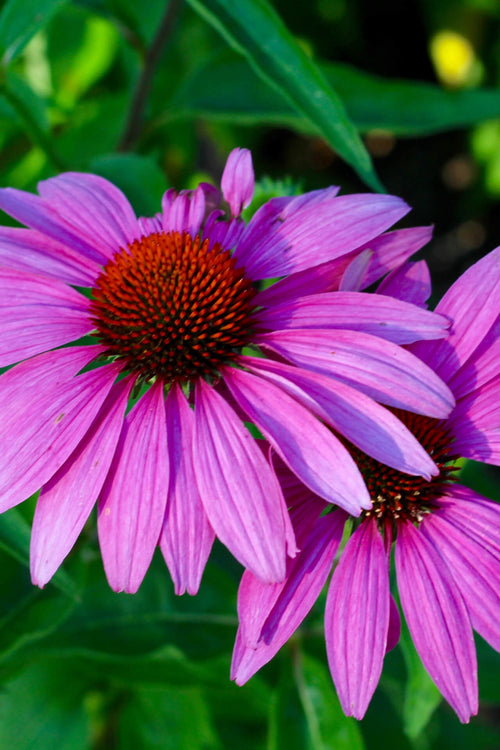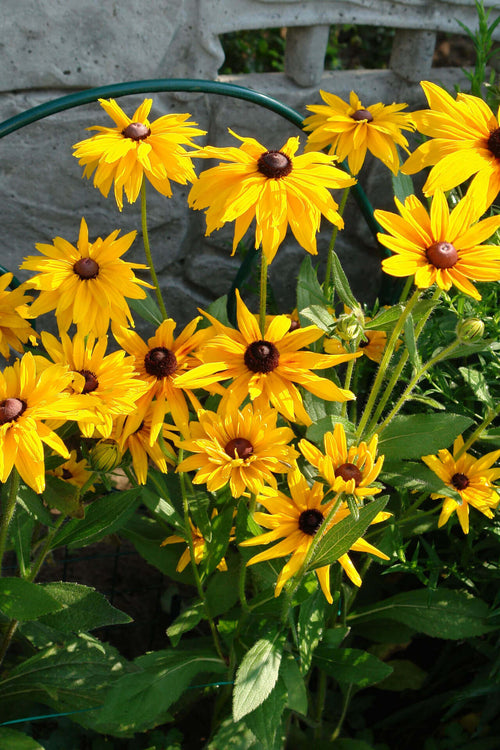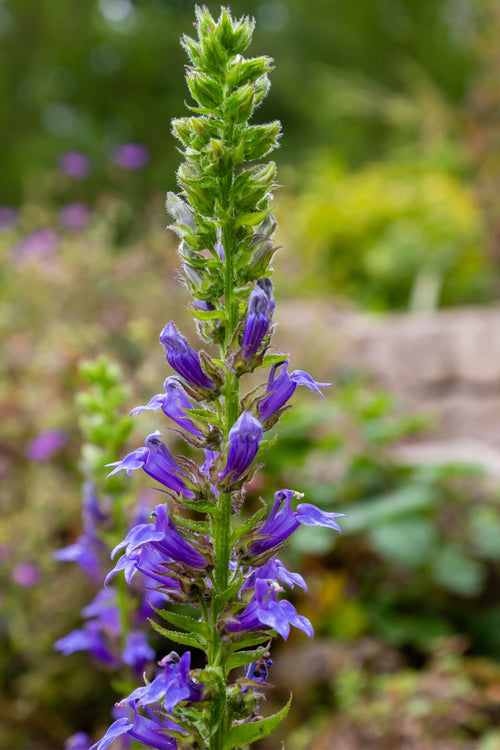If you want to enjoy beautiful blossoms whenever you visit your garden, planting long blooming perennials is the way to go
These flowers, which bloom for four weeks or longer, can give you a changing display of color that lasts for months.
Our long blooming perennial varieties will stay in flower throughout the growing season, and many of these plants will flower multiple times. Some of these plants will flower more if you deadhead their flowers as they wilt to extend the blooming period.
As you're planning your garden, a few of the best plants to consider include coreopses, coneflowers, black-eyed susans, and spiked speedwells, as described below.
Daffodils
Daffodil is a flowering favorite perennial plant with bold, yellow flowers that look like draping bells. If the plants are sheared after their first flowering period ends, they can produce a second wave of flowers. Different colored blooming plants cultivars and hybrids are also available.
Coneflowers
Coneflowers, also known as echinacea, come in several vibrant colors and can bloom for the entire growing season. They’re also wonderful at attracting pollinators like butterflies and bees to your garden. Purple coneflowers are one of the most stunning and popular varieties of these plants, which require little maintenance once they are established.
Black-Eyed Susan
Black-eyed susans are a classic and cheerful, long blooming perennial that can flower through the summer with minimal care. You can encourage their bright golden-yellow blossoms to reappear by deadheading spent flowers. Left alone, these plants tend to spread through self-seeding.
Great Blue Lobelia
Great Blue Lobelia plants produce spiky purple-blue flowers that rise above tall foliage. The “royal candles” cultivar is known to bloom through the summer, and you can extend its flowering season by shearing your plants regularly.
For the best possible display, you’ll want to select and combine several different perennial plants in your garden. Also, consider adding annuals, biennials, and bulbs to the mix.





















































